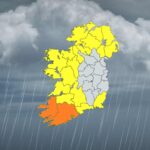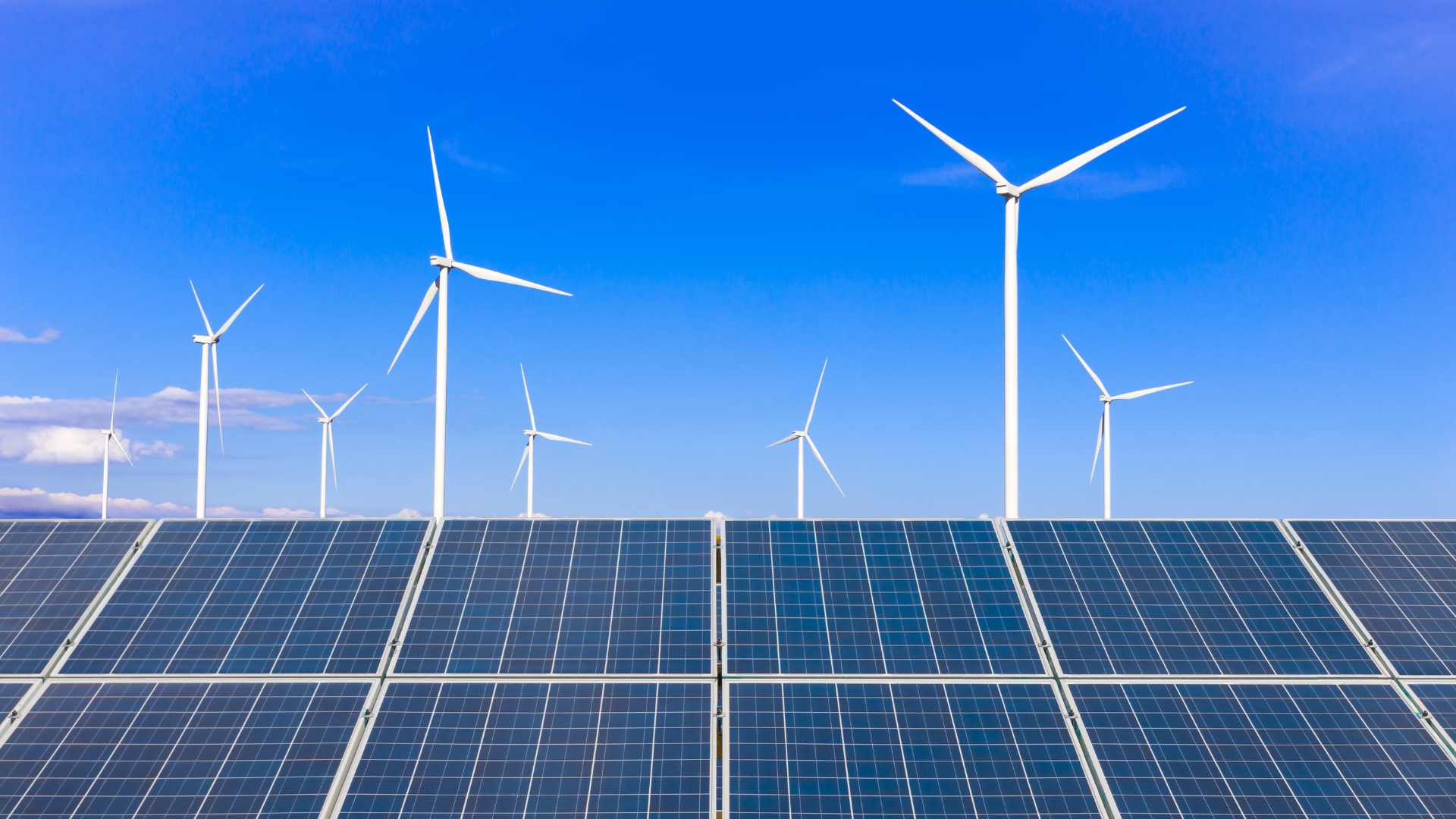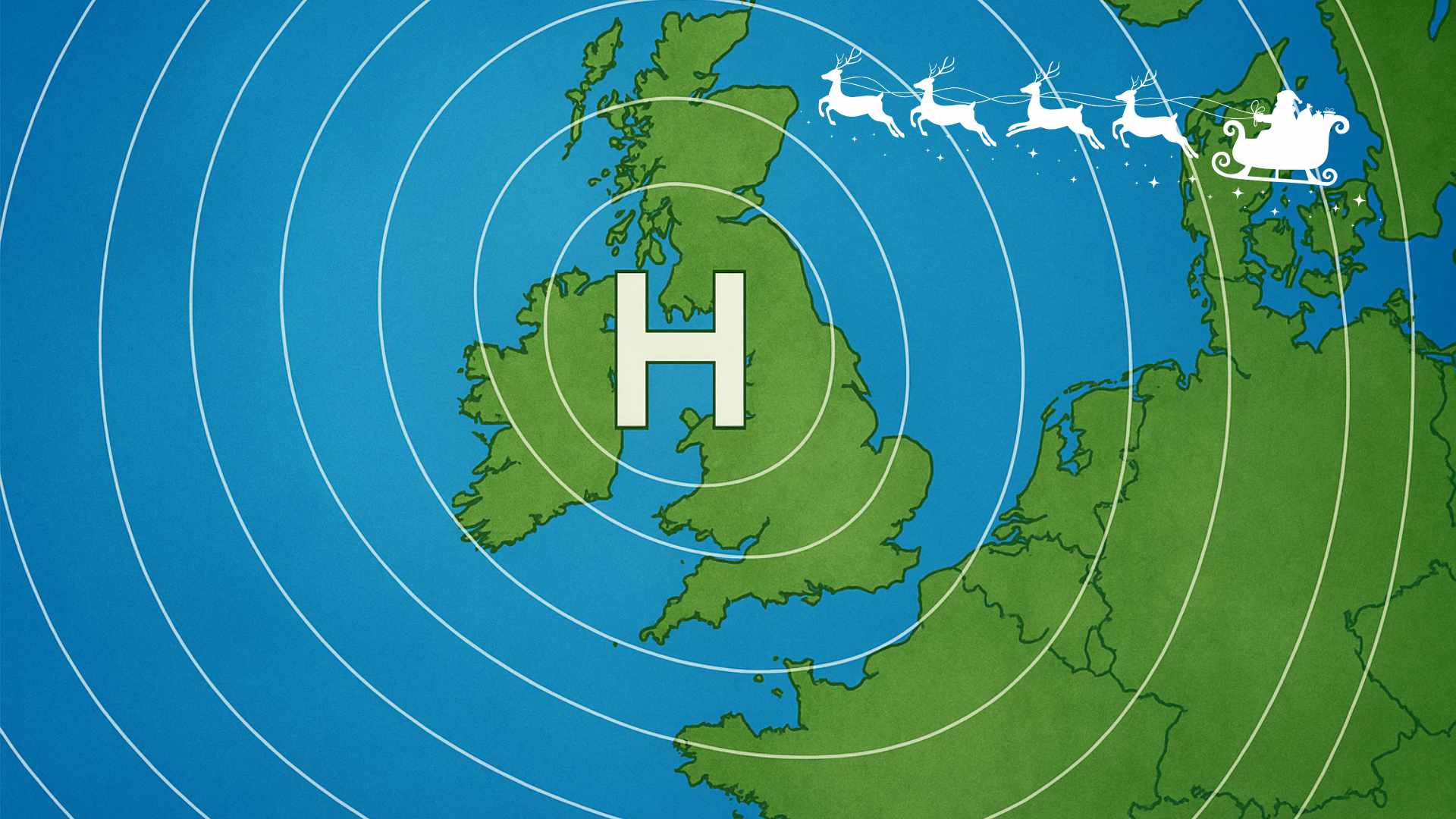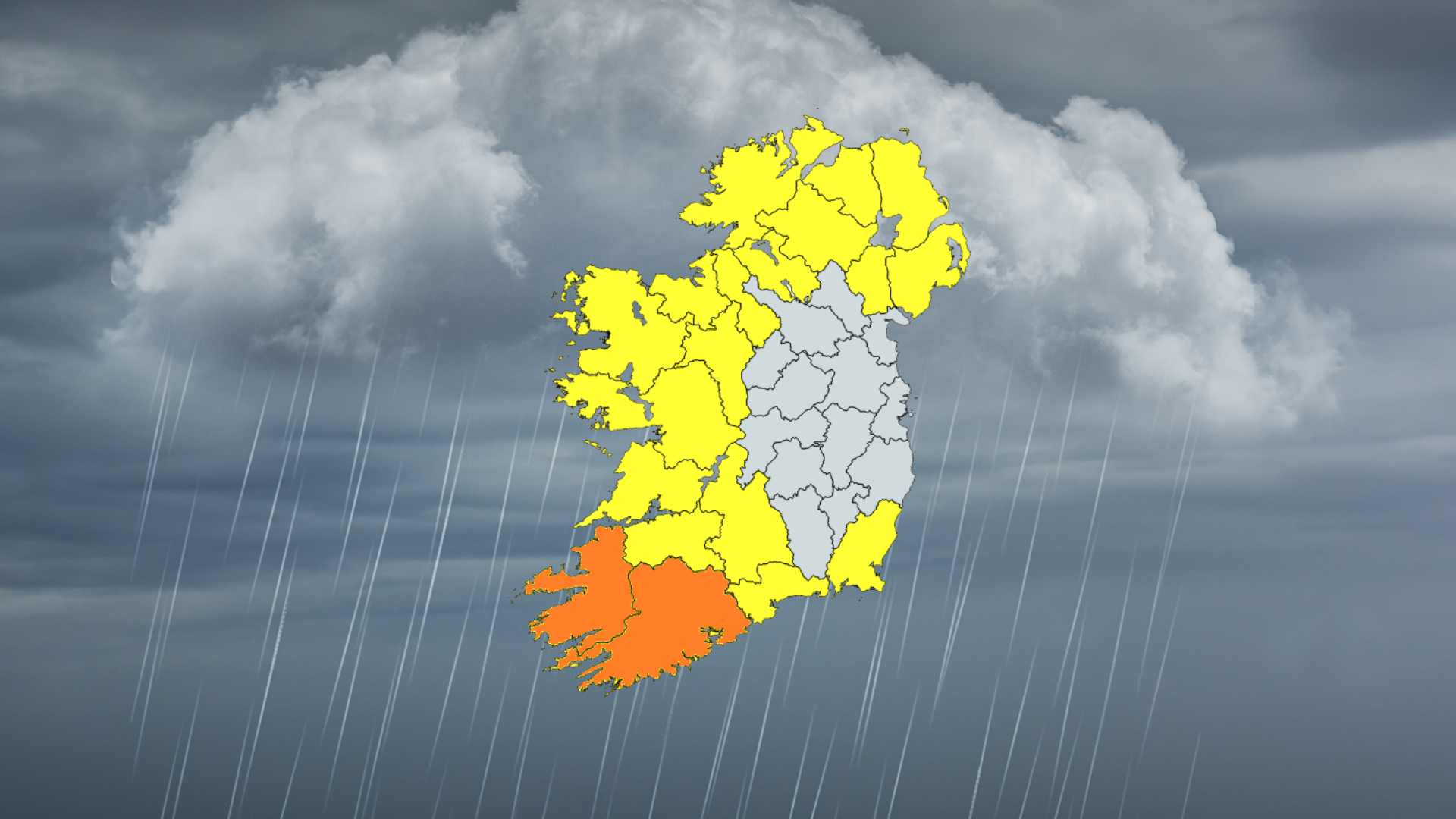
Extreme Wind Threatens Energy and Comms Infrastructure
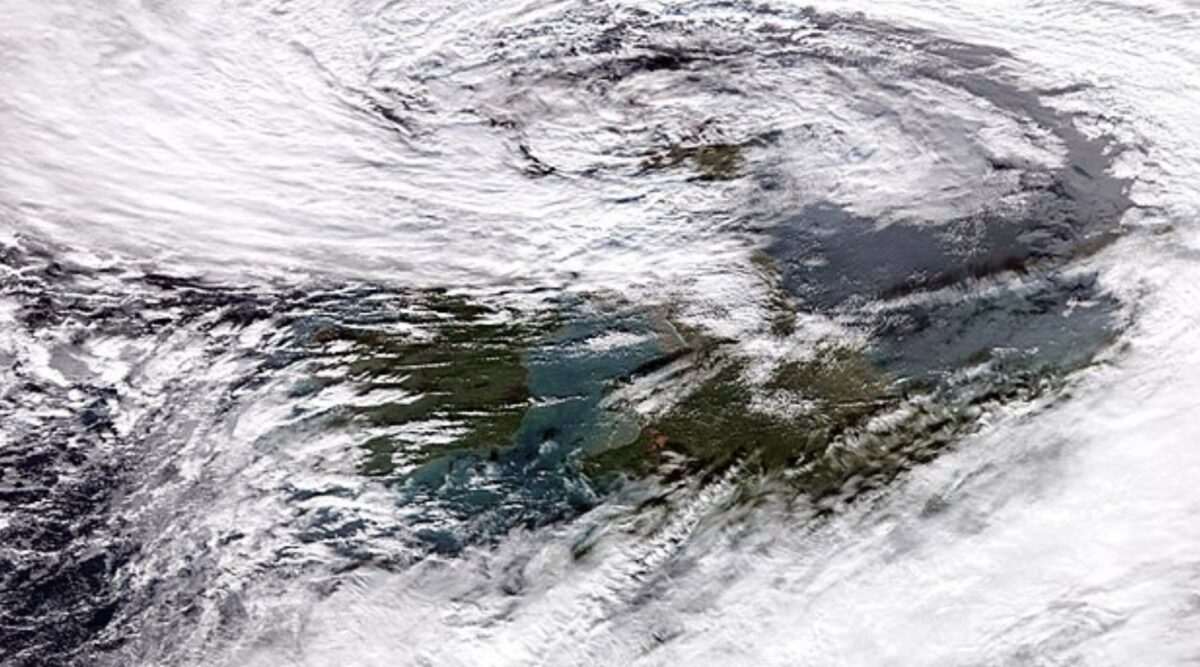
Ireland’s vital communications and energy systems face growing risks from extreme wind events, according to a landmark national climate report published today by the Environmental Protection Agency (EPA).
In a first for the country, the EPA has released the National Climate Change Risk Assessment (NCCRA) — a comprehensive study outlining the climate-related threats Ireland faces over the coming decades. The assessment, developed with input from government departments, state agencies and other key stakeholders, paints a stark picture of what lies ahead if urgent action isn’t taken.
Among the 115 climate risks identified, 43 are deemed significant, with extreme weather events — particularly high winds — posing a serious threat to Ireland’s communications and energy distribution networks.
“This report confirms what we’re already beginning to see: our infrastructure is under real and growing pressure from climate change,” said EPA Director General Laura Burke. “Storms like Darragh and Éowyn have already shown how vulnerable we are. Power outages, broken communication lines, and disrupted services are just the beginning if we don’t act now.”
The NCCRA highlights the immediate need — within the next five years — to bolster Ireland’s infrastructure against:
Extreme wind damage to communications and energy systems, and damage to buildings and transport infrastructure caused by wind, coastal erosion, and coastal flooding.

The report also identifies additional risks that require investigation and preparation, including flooding and heat impacts on human health and the built environment.
Dr Eimear Cotter, Director of the EPA’s Office of Evidence and Assessment, stressed that the findings are not just a warning — they are a roadmap.
“This risk assessment is a strategic tool for government and industry alike. The highest-priority risks all point toward a need to fortify our critical infrastructure — power lines, broadband networks, transport links — against increasingly severe storms.”
The NCCRA provides a national evidence base to inform Sectoral and Local Authority Adaptation Plans, guiding climate resilience efforts across all sectors. Using a systems-based approach, it looks at climate risks from now through to 2100, under both moderate and high-emissions scenarios.
The full NCCRA report, along with a summary for policymakers, is now available on he Climate Ireland adaptation portal.
Share this WeathÉire story:
